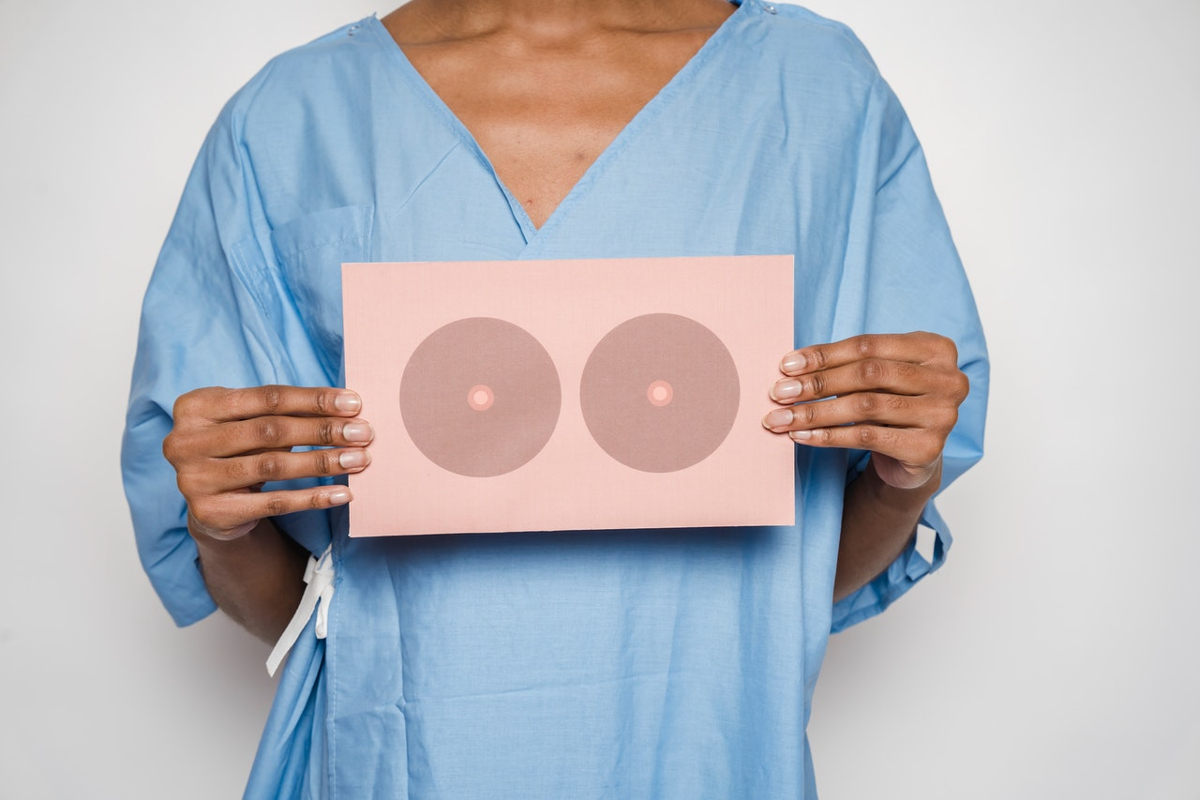For most women, turning 40 means it is time for your first mammogram. The milestone can come with a lot of feelings. Not only are you coming to terms with a major birthday that seems to carry a strong feeling of getting older, but it also comes with this whole mammogram situation that can leave you feeling worried, scared, and thinking about your mortality in a way that you might not have before. The best way to ease this anxiety and worry is to do a little bit of mammogram prep research. While your first mammogram may seem scary, knowing what you are in for and a little before mammogram prep can help make it a little easier.
Mammogram Prep: Why Do They Start at 40?
Most likely, your gynecologist has been reminding you yearly that you should do a breast self-exam every month no matter your age. That is because 40% of breast cancers are found by women who felt a lump in their breast. One of the benefits of doing regular self-exams is that it gets you used to the way your breasts look and feel so that if there is a change, you are more likely to notice it. It is also a nice way to ease into mammogram prep. If you are used to checking your breasts every month and understand that it is just a routine part of women’s health, a mammogram should not be a scary thing.
Then when you turn that magical age, it is time to start adding mammograms to your breast cancer screening arsenal. This is because every woman is at risk for breast cancer and the risk tends to increase over time. Although different organizations recommend that women begin having mammograms at slightly different ages, they are most often recommended starting around the age of 40. However, if you have an increased risk for breast cancer your doctor may recommend starting mammograms earlier, potentially around the age of 35, to be safe.
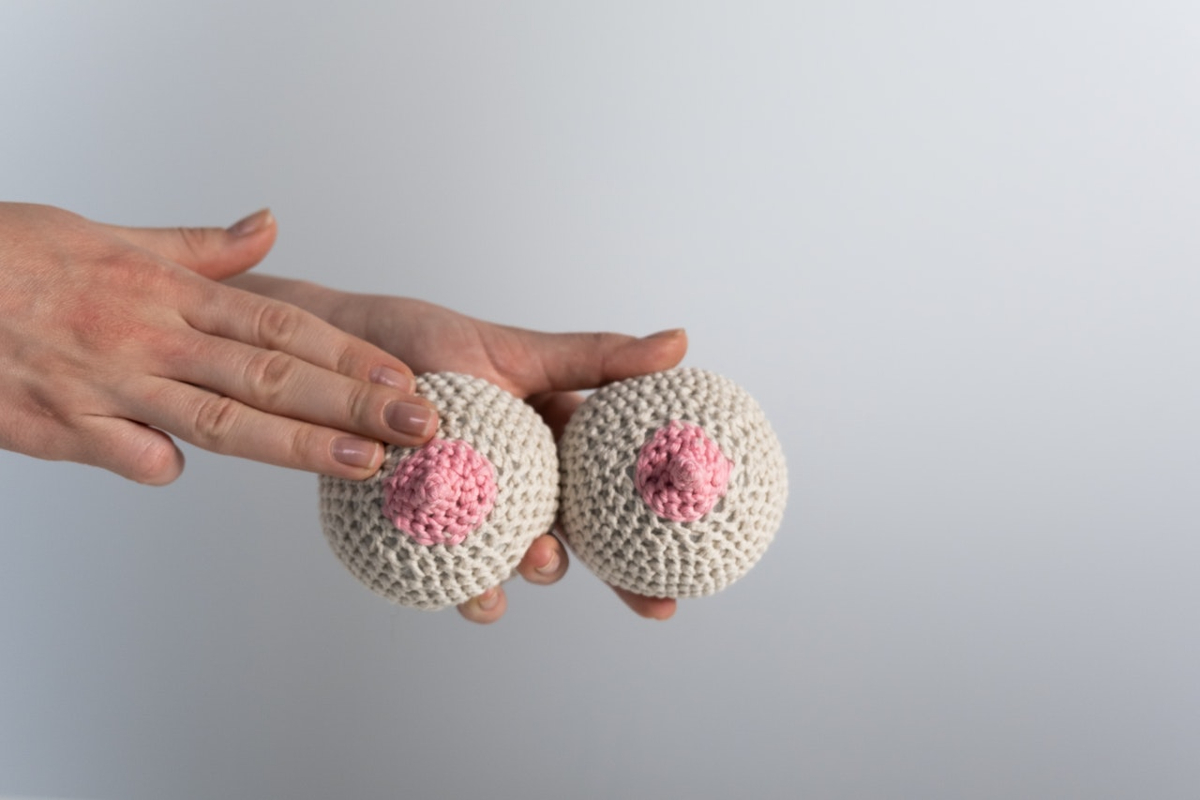
So why 40 years old? There is a substantial jump in the rate of breast cancer in women around the age of 40 – the occurrence rate of breast cancer for women between the ages of 40-44 is twice that for women between the ages of 35-39. It is important to start having mammograms and not rely on self-exams alone because mammograms can detect tumors before they can be felt. Remember, only 40% of breast cancer is found by self-exam. Screening is key for early detection, which can be the thing that saves someone’s life.
READ MORE: Stretch Marks: Normalizing And Embracing Your Beautiful Body This Year
Mammogram Prep: The Day of Your Appointment
There are a few simple things you can do as mammogram prep on the day of your appointment. First, skip the deodorant. That is because many deodorants contain metallic substances that can show up on a mammogram looking like a suspicious spot in your breast tissue. But even natural deodorants can contain things like charcoal, baking soda, or zinc that leave particles on your skin that can show up looking like something abnormal. The same goes for any powders, creams, or lotions that you might apply on or around your chest and armpits.
The technician will ask you if you are wearing deodorant. If you forgot that morning during your mammogram prep and put deodorant on out of habit, that is okay. They will give you a wipe and ask you to clean both of your armpits with it. No harm done. But this way, you know why they are asking and will be ready. Another easy mammogram prep thing you can do is to either pull your hair back or bring a hair tie with you if you have long hair. This will keep your hair out of the way of the machine for you and the technician, making it an easier process to get you positioned properly.
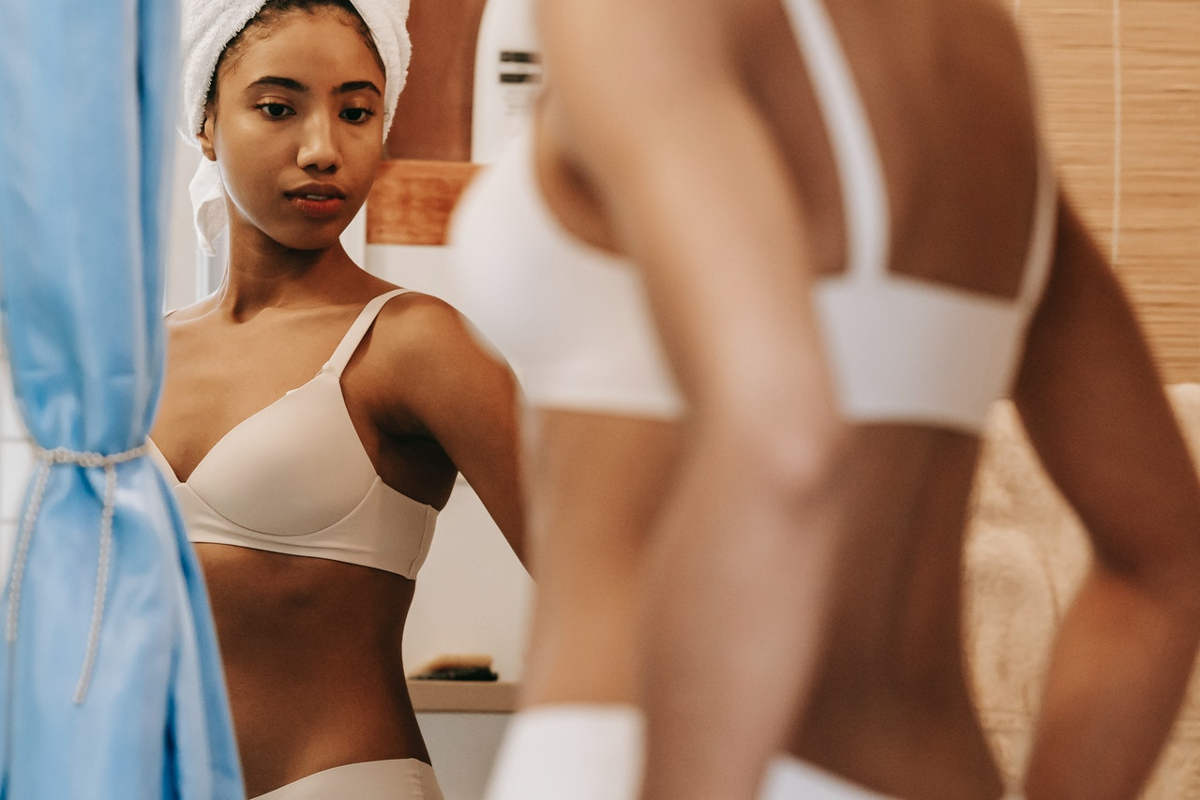
Finally, as you are getting dressed the morning of your appointment and thinking about mammogram prep, wear separates rather than a dress. For your mammogram, you are only required to undress from the waist up. You will get a little paper or cloth gown to put on but it will be open and half off most of the time you are having your mammogram, so you might feel a little more comfortable standing there in a skirt or pair of pants rather than just your undies.
The clothes you wear do not make things easier or harder for the technician, so if you feel like rocking a dress that day go for it. Just know you will be standing around in your underwear for a bit. If you would feel more comfortable and less stressed by thinking through your choice of outfit during your mammogram prep, go for jeans and a t-shirt or sport those leggings you love so much. Wear what will make you feel the most comfortable and at ease.
READ MORE: Life After Pregnancy: Menstrual Cups for Moms
Mammogram Prep: What to Expect
Once you have checked off all the items on your mammogram prep list and you arrive for your appointment, the technician has asked you about your deodorant, given you a little gown, and told you to put it on opening in the front, and you are standing there in front of the machine, here is what to expect. The technician will position one of your breasts between two clear plates that are attached to a specialized camera. They will take one picture of that breast before repositioning the machine and taking a second picture of that same breast from another angle. Then they will repeat the same thing on the opposite breast.

To get a good clear picture, you will need to hold your breath while the picture is being taken, but the technician will tell you when they need you to hold your breath. Do not try to hold your breath the entire time. The entire mammogram from start to finish only takes around 15 minutes but there is no need to stand there trying to hold your breath in between the time the technician is positioning your breast and when the picture is being taken.
READ MORE: Public Health Issues: 7 Healthy Practices To Continue Post-COVID

The technician may also place little stickers on any moles, scars, or other marks on the surface of your skin to indicate to the radiologist who looks at and diagnoses your mammogram that the mark is on the skin and not something in your breast tissue. This is totally routine and normal.
You have probably heard how much a mammogram hurts and how terrible it is going to be. This could not be farther from the truth. It is not the most comfortable thing you have ever experienced. Your breasts have to be compressed between the clear plates of the machine. At the most, it is uncomfortable. However, it should not pinch or hurt, so if it does it is important to tell the technician so they can adjust accordingly and make it as comfortable as they can for you.
Mammogram Prep: Getting Your Results
It typically takes between 10 days and two weeks to get the results of your mammogram. Another important part of mammogram prep for your first mammogram is to be aware that when it is your first mammogram, it is not uncommon for your doctor to request an additional diagnostic mammogram. A diagnostic mammogram takes more pictures and gives more views of the breast tissue.
That is because there are no other pictures to compare your breast tissue to, so if anything appears on the mammogram or you have dense breast tissue that is harder to view on a mammogram they want additional pictures just to be safe. It is very important to remember that just because your doctor requests an additional mammogram does not mean anything is wrong. Things like scar tissue or a mole can appear on a mammogram as potential areas of concern. With nothing to compare to, your doctor wants to be as careful as possible and make sure that everything is good.
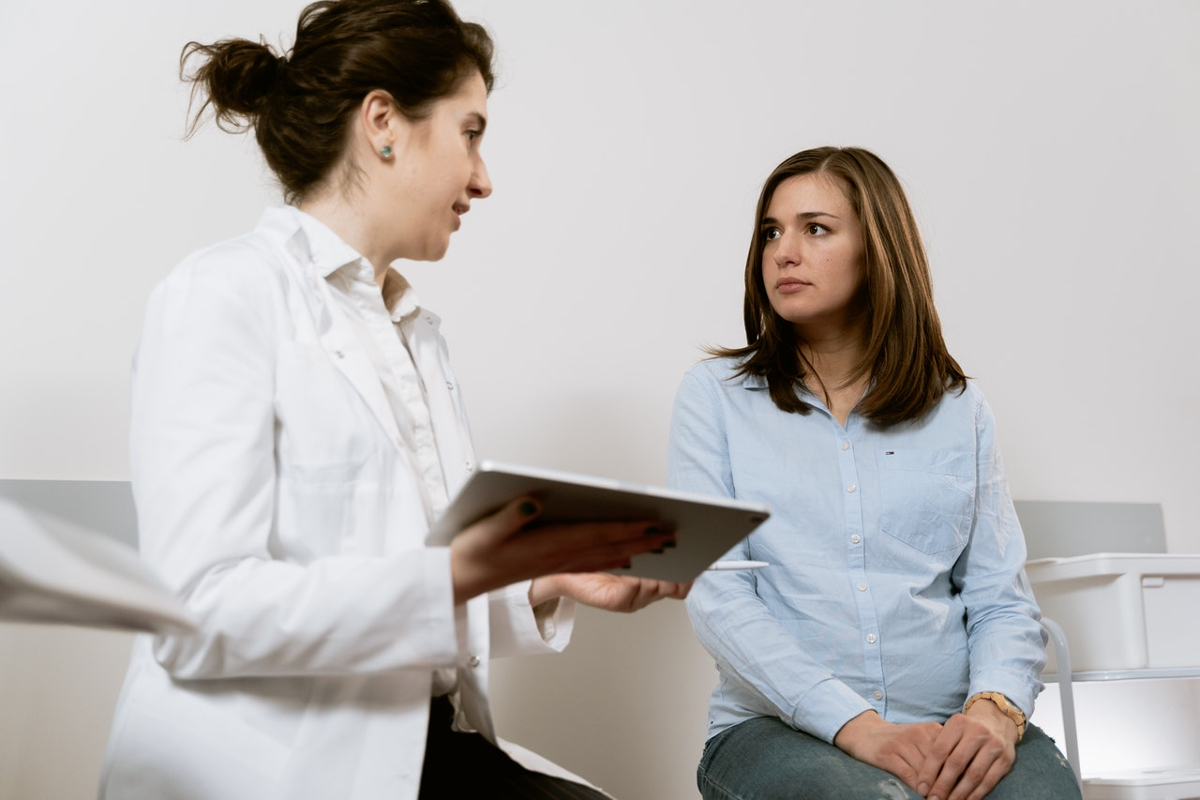
READ MORE: Embracing Your Naturally Gray Hair
After your first mammogram, you will also know what type of breast tissue you have. Some women have dense breast tissue which can make it harder to see things on a mammogram. Doctors do not fully know why some women have dense breast tissue while others do not. So this is something you should not worry about when you are doing your mammogram prep besides knowing that it is a possibility that your results will show that you have dense breast tissue.
What exactly does having dense breasts mean? Breast tissue is made up of milk glands and ducts, supportive tissue, and fatty tissue. On a mammogram, women with dense breasts have more supportive tissue than fatty tissue. Your results will have a level of density using a reporting system called Breast Imaging Reporting and Data System (BI-RADS). BI-RADS levels go from A, almost entirely fatty, to D, extremely dense. There is nothing better or worse about one level of density over the other. It is just the way your breasts are made up.
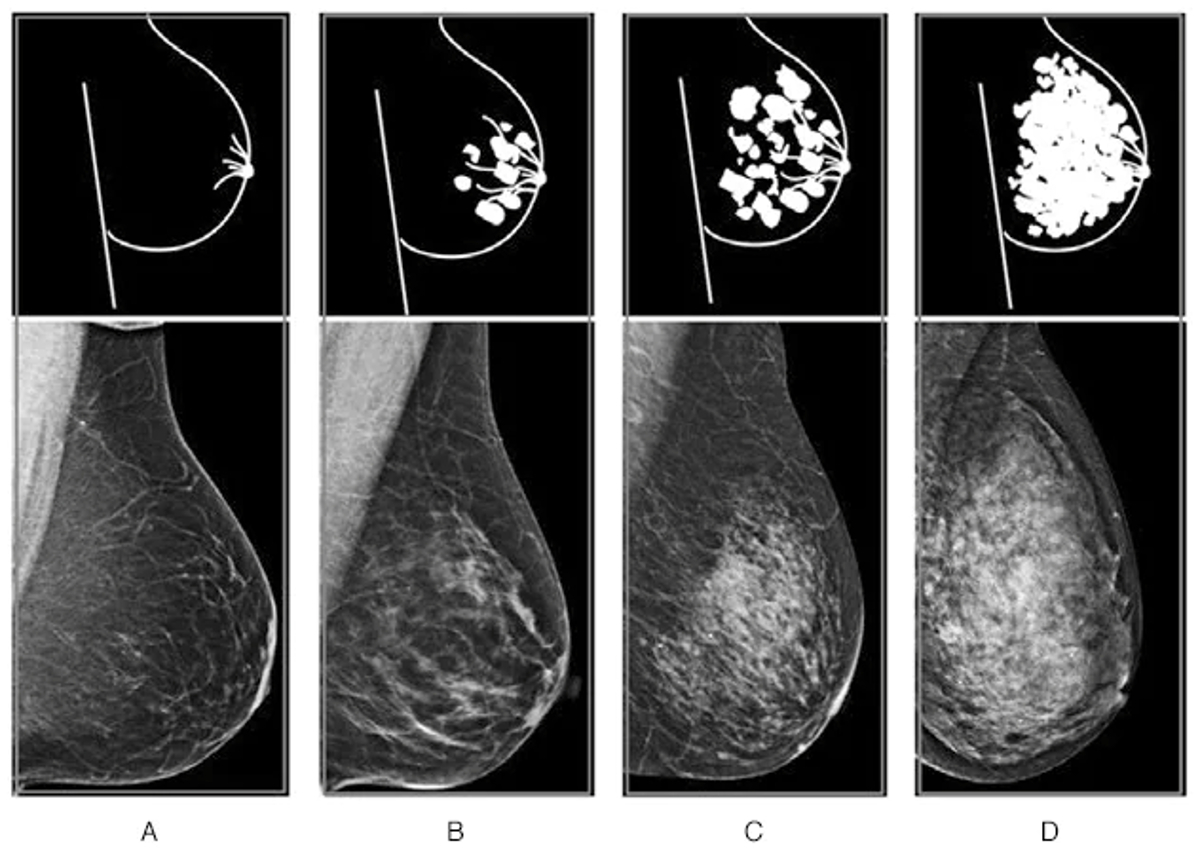
One in 10 women have a BI-RADS level of D. If you are one of these lucky women, it is important to know that it increases the chance that breast cancer could go undetected by a mammogram, which makes it crucial to continue breast self-exams regularly. It is also important to know that having dense breast tissue can increase your risk of breast cancer, although doctors are not entirely sure why. Once you are armed with this knowledge, you and your doctor will be able to best decide how often you should get a mammogram and if any other tests are needed.
If your first mammogram has you stressed out and worried, a little mammogram prep and knowing what it is going to be like can make all the difference. There is nothing terribly scary about a mammogram and most mammography technicians are super nice and understanding. They know you might be nervous and are especially good about mammogram prep, explaining the process to first-timers. If you are still nervous and need a little more mammogram prep, check out the National Breast Cancer Association’s website where you can request a free Mammogram 101 guide. With all this mammogram prep information, you will have nothing to fear at your first mammogram.
WANT TO READ MORE?
Check out this article on 11 of the Best Apps for Period Tracking.
💖 NEWSLETTER: DAILY READS IN YOUR INBOX 💖
Sign up to receive our picks for the best things to do, see and buy so you can relax and focus on more important tasks! Let us help you be the best version of yourself you can be!
GET MORE FROM DAILY MOM, PARENTS PORTAL
Newsletter: Daily Mom delivered to you
Facebook: @DailyMomOfficial
Instagram: @DailyMomOfficial | @DailyMomTravel | @BestProductsClub
YouTube: @DailyMomVideos
Pinterest: @DailyMomOfficial
📌 LOVE IT? PIN IT!📌
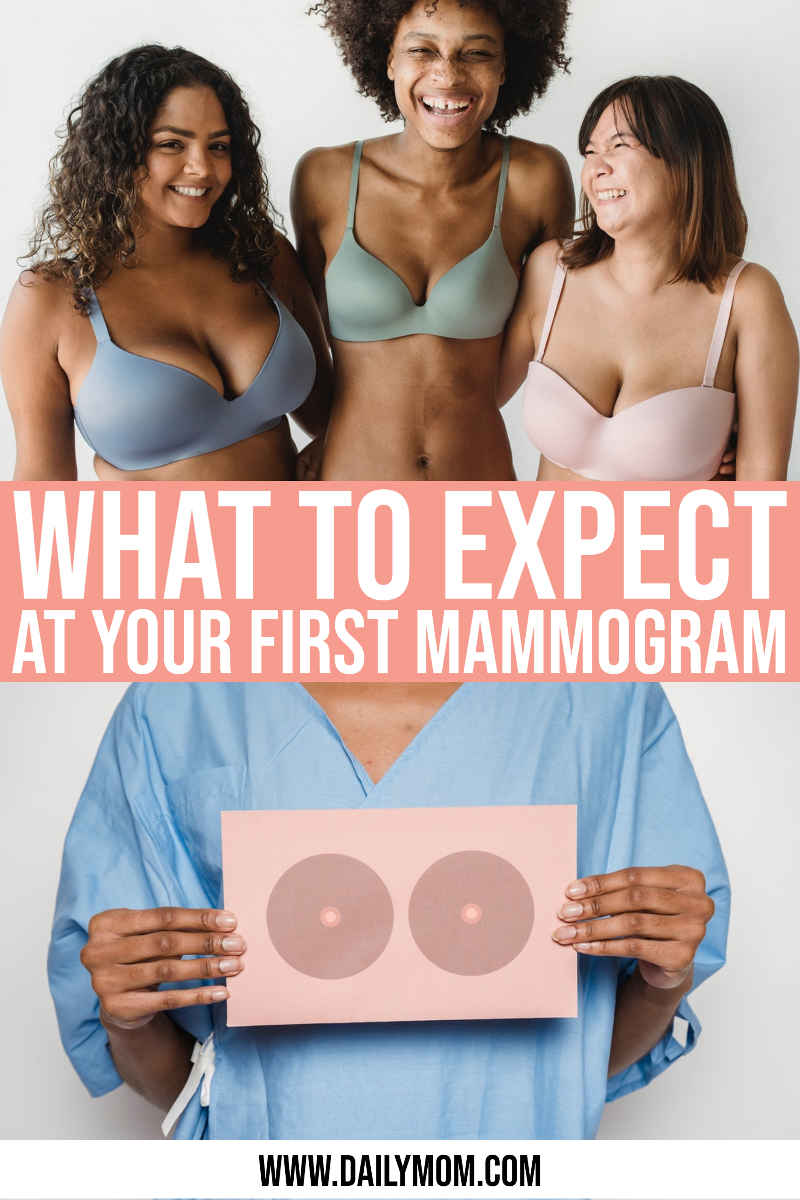
Sources: Breast Self-Exam, Starting Breast Cancer Screening at Age 40 Instead of 50 Saves Lives, Why Start Screening at Age 40?, Breast density — The four levels
Photo Credits: pixabay.com, pexels.com



































